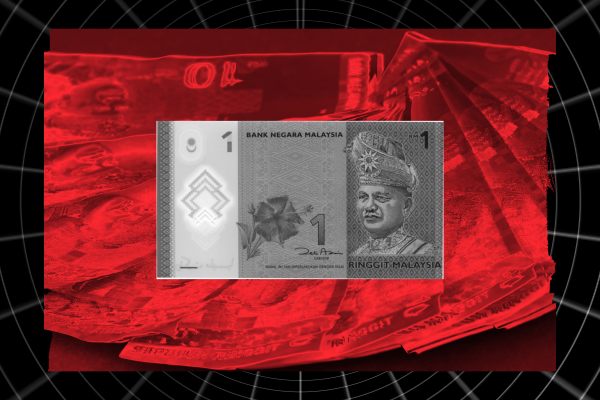Trading Signals 05/02 – 09/02
Malay Ringgit: USD/MYR Review

The national currency of Malaysia is the ringgit, divided into 100 sen. The sole issuing authority since 1967 is the Central Bank of Malaysia (Bank Negara Malaysia), established in 1959 from the colonial Monetary Authority of Malaya and British Borneo. Malaysia’s currency notes have been produced at the Mint of the National Bank of Malaysia in Shah Alam since 1967.
The initial symbol for the ringgit was “$” or the abbreviation “M$.” In 1992, the official abbreviation for the Malaysian ringgit was established as “RM.” However, on the international level, the abbreviation “MYR” is more widely recognized (where MY is the country code for Malaysia).
Malaysian Economy
In 2022, Malaysia achieved a record-breaking economic growth rate with its gross domestic product (GDP) expanding by 8.7%. According to Malaysia’s Department of Statistics, this growth marked the highest since the year 2000. This indicates that the country’s economy demonstrated the most robust growth in the past two decades.
During the first quarter of 2023, Malaysia’s economy displayed a more substantial growth of 5.6% than anticipated, primarily attributed to private sector expenditures.
Shamsiah Mohd Yunus, the governor of Malaysia’s central bank (Bank Negara Malaysia, BNM), stated that the growth in 2023 was supported by further increases in household spending, ongoing investment activity, improved labor market conditions, and an uptick in tourism.
She mentioned that considering seasonal fluctuations, the economy rebounded to pre-pandemic levels. The labor market continued to strengthen and is expected to further support domestic demand. The entire economy is no longer in crisis and is essentially gaining momentum.
Shamsiah Mohd Yunus believes that despite ongoing regional export contractions due to weak demand for goods, Malaysia’s net exports surged by 54.4% due to the resurgence in tourism.
Furthermore, the services sector stands as the primary driver of the economy, having grown by 7.3% in the first quarter. This growth was bolstered by both consumer and business-related services.
According to her, the manufacturing industry grew by 3.2%, agriculture by 0.9%, mining and quarrying by 2.4%, and construction by 7.4%.
Unemployment rates further decreased during the first quarter of 2023, dropping to 3.5% from 3.6% in the fourth quarter of 2022.
Regarding inflation, the governor noted that core inflation decreased to 2.8%, although it remained elevated, reflecting sustained domestic demand.
Technical Analysis
*USD/MYR Daily
Since the beginning of the year, the interest rate of the Bank of Malaysia has only been raised twice and currently stands at 3%, remaining unchanged since May. Given that the country’s inflation rate remains one of the lowest in the world, the central bank administration didn’t need to be as aggressive as the Federal Reserve (Fed).
On the chart, we can observe the strengthening of the dollar in the USD/MYR pair up to the level of 4.6710, after which the pair underwent a correction and broke through the lower boundary of the price channel. Potential easing of the Fed’s monetary policy could lead to a weakening of the US currency and consequently further decline in USD/MYR to levels of 4.5044, 4.4361, and 4.3857.
However, this won’t happen very quickly, as the Fed plans at least one more interest rate hike. The inflation rate in the US is still far from the desired 2%, so aggressive actions by the Fed to combat rising prices are not yet over, which means that temporary strengthening of the greenback is possible.
In any case, traders need to closely monitor economic news and data, and also consider that technical analysis is based on historical data and doesn’t always guarantee predictable price movements in currency pairs.
Oil: A Review of Early 2024
China’s Economy: Early 2024
Simple Strategy for Beginner Traders

